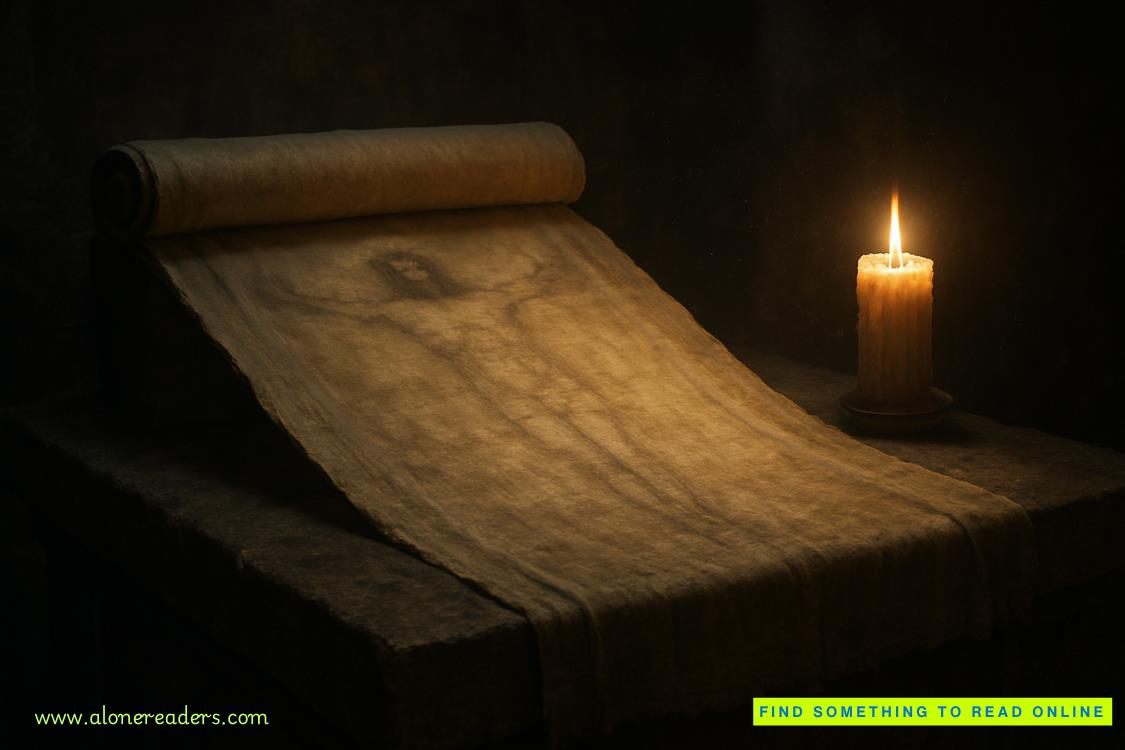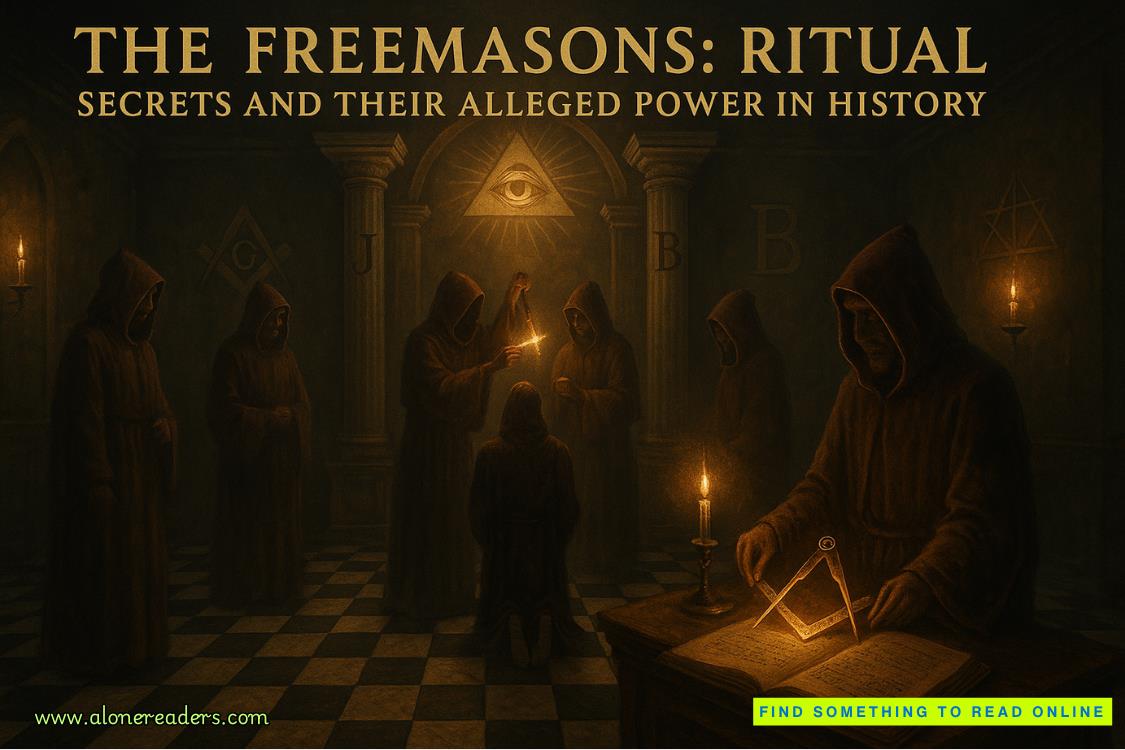Page 55 of BZRK: Reloaded (BZRK 2)
Burnofsky made it out the door with the two kids right behind him. Traffic whizzed by, buses, cabs, limos, and the noise level rose, which made it harder for Burnofsky’s hoarse voice to carry. There was a police car parked a hundred yards away, looking in the wrong direction.
A shuttle bus was bearing down.
Limos glided by.
“Grab a taxi!” the boy shouted to Sadie McLure.
“They’re trying to rob me!” Burnofsky cried, but few heard and none seemed to care.
The boy pressed close behind him and pushed his knee into the back of Burnofsky’s knee. Burnofsky lost his balance, the bag swung forward forcing him to step into traffic and the boy wrapped an arm around him, hauled him back and to the inquiring, anxious face of a passerby said, “My uncle’s recovering from a stroke. Hardly knows where he is.”
“Get the police!” Burnofsky yelled.
“Now, uncle, you know that’s nonsense.”
Burnofsky was beginning to get really afraid. Then he had an inspiration: maybe no one would rush to rescue an old man. But there was another way. “Sadie McLure! Sadie McLure! It’s the girl from the Stadium Massacre! It’s Sadie McLure!”
Yelling a celebrity’s name had more effect than yelling “Help,” but it drew only eyeballs, not offers of assistance.
Then Burnofsky saw the burn line. It was right through his field of vision. He knew what it would look like to the boy’s biot. Down there, down in the nano, the biot had laid a trail of acid. Only a few cells in width and at most a millimeter long, but it was there, a blur, like someone scratching a diamond on a windowpane.
If the goal was to scare him, it had succeeded. Irrationally, perhaps, but he could not work without sight. It could finish him. In any event, no one was helping him anyway.
Burnofsky stopped yelling. He stopped struggling.
“Stop it, stop it,” he said.
“I was going to see whether I could burn ‘BZRK’ into your eyeball,” the boy said.
A limo came tearing up in reverse, fishtailing as it rushed madly against traffic and screeched to a stop.
Keats didn’t need an invitation. He yanked open the door and threw Burnofsky in. He slid in beside him. Plath was at the wheel.
“You stole this car?” Keats asked breathlessly.
“Borrowed,” Plath said, and hit the gas pedal. “The driver was wrangling some luggage and talking to his passenger. In two minutes the cops will have the plate number, so we need to get somewhere fast and switch cars.”
Keats pulled out his phone and opened the map app. “You’re coming up to Interstate 385. Go east. East! It takes you into the city.”
They merged into fast-moving traffic.
“What do you two young fools plan to do with me?” Burnofsky asked.
“Search you for a start,” Keats said. He thrust his hands into Burnofsky’s pockets and came up with a wallet and a phone.
“Power the phone off,” Plath advised.
“No,” Keats countered, “He may get interesting calls. We just need to turn off his GPS.”
Keats next flipped open the wallet. A driver’s license in the name of Richard Belvedere. The picture matched the man seated beside him. There was an American Express card in the Belvedere name, too, but two other credit cards were in a different name: Karl Burnofsky.
To Plath he said, “What do you like, Belvedere or Burnofsky?”
He saw Plath’s eyes in the rearview mirror. She said, “My father knew a guy named Burnofsky. The name stuck with me because I always picture someone burning.”
“I’m going to text Nijinsky.”
“Ah, Nijinsky is in charge in New York, is he?” Burnofsky asked. He laughed. “So: poor Vincent. No longer with us, eh? Bug Man will be absurdly pleased.”















